0 comments
Polishing Burs: The Ultimate Guide for Flawless Restorations
Introduction
Perfecting the finish on dental restorations is no easy feat, but polishing burs are here to help. These specialized tools are crucial for smoothing and polishing surfaces, ensuring optimal clinical outcomes and patient satisfaction. In this guide, we'll dive into the importance of polishing burs, explore the different types available, and provide tips for effective usage, selection criteria, and common pitfalls to avoid.
The Importance of Polishing Burs
Polishing burs are essential for creating smooth, high-gloss surfaces on restorations like fillings and crowns. They help remove excess material, refine surfaces, and prevent plaque buildup, which reduces the risk of decay and gum disease. A well-polished restoration not only enhances aesthetics but also improves patient comfort and satisfaction.
Types of Polishing Burs and Their Benefits:
There is a variety of polishing burs available, each offering its own unique benefits. Understanding the characteristics of different types of burs is essential for achieving the desired outcome in dental procedures.
-
Diamond Polishing Burs: Known for their exceptional durability, diamond burs are ideal for polishing hard materials such as ceramic and zirconia. They provide efficient and precise polishing, ensuring a smooth and glossy surface. Diamond burs are particularly useful when working on aesthetic restorations that require superior aesthetics and precision.
-
Carbide Polishing Burs: Versatile and reliable, carbide burs are suitable for use on various materials, including metals and composites. They are widely used for general polishing and contouring procedures. Carbide burs offer efficient material removal and are available in various shapes and grits to accommodate different clinical needs.
-
Silicone Polishers: Renowned for their flexibility and adaptability, silicone burs are perfect for accessing tight spaces and contouring irregular surfaces. They are highly effective in achieving a smooth and even finish on restorations. Silicone burs are often utilized in interproximal areas and on composite restorations, ensuring meticulous shaping and polishing.
Practice makes perfect
Using polishing burs effectively requires skill, knowledge, and proper technique. Here are some essential tips to maximize their effectiveness:
-
Choose Right: Select the right type of bur based on the material being polished, the shape and size of the restoration, and the desired outcome. Each bur has its own specific purpose and should be selected accordingly.
-
Optimal Speed and Pressure: Use the correct speed and pressure during the polishing process. Applying too much pressure or using high speeds can generate excessive heat, potentially damaging the restoration. A slow and steady motion is key to achieving the desired results.
-
Adjust the Angle: Adjust the angle of the bur to match the contours of the restoration. This ensures even polishing and prevents uneven surfaces or damage to adjacent teeth.
Factors to Consider:
When choosing polishing burs, several factors should be taken into account:
-
Material Compatibility: Consider the material being polished and select a bur that is specifically designed for that material. Different materials require different abrasion properties to achieve optimal results.
-
Shape and Size: Choose the appropriate bur shape and size to accommodate the restoration's contours and facilitate efficient polishing. Different shapes and sizes of burs offer varying degrees of access and precision for different areas of the mouth.
-
Durability: Assess the durability of the bur, as a durable bur will provide consistent performance over an extended period, reducing the need for frequent replacements.
-
Ease of Use: Consider the ergonomics of the bur and its compatibility with your handpiece. A bur that is easy to grip and maneuver can enhance efficiency and reduce hand fatigue during procedures.
-
Manufacturer's Reputation: Opt for burs from reputable manufacturers known for producing high-quality dental instruments. Trusted brands often undergo rigorous testing to ensure their products meet industry standards and deliver reliable performance.
Common Mistakes to Avoid:
To achieve optimal results and prevent damage to restorations, it is essential to avoid common mistakes when using polishing burs:
-
Excessive Pressure: Applying excessive pressure during polishing can lead to excessive heat generation, which may cause damage to the restoration or surrounding tissues. Use a light touch and allow the bur to do the work.
-
Incorrect Speed: Using the bur at an excessively high speed can result in overheating and compromise the integrity of the restoration. Follow the manufacturer's recommendations for the recommended speed range.
-
Incorrect Technique: Using the bur in a haphazard or irregular manner can lead to uneven surfaces and suboptimal results. Practice a slow and steady motion, maintaining a consistent angle and pressure throughout the polishing process.
-
Using Worn or Damaged Burs: Using burs that are dull, worn, or damaged can compromise their effectiveness and lead to subpar results. Regularly inspect your burs and replace them when necessary.
-
Lack of Proper Training: Insufficient knowledge and training in the use of polishing burs can hinder your ability to achieve optimal results. Stay updated with the latest techniques and advancements in dental materials and equipment to maximize the benefits of polishing burs.
Mastering the Art of Polishing Burs
Mastering the art of polishing burs is a combination of understanding the principles behind their usage and developing the necessary skills through practice. Continual learning, staying updated with advancements in dental technology, and seeking professional development opportunities can enhance your proficiency in using polishing burs effectively.
By selecting the appropriate bur for each procedure, following proper usage techniques, and avoiding common mistakes, dental professionals can consistently deliver high-quality restorations with a smooth, polished finish. This not only improves clinical outcomes but also contributes to patient satisfaction and enhances the overall success and profitability of the practice.
In conclusion, polishing burs are indispensable tools in dental practice, enabling dentists to achieve optimal results in dental restorations. Understanding the importance of selecting the right type of bur, utilizing proper techniques, and avoiding common mistakes is vital for mastering the art of polishing burs. By harnessing the capabilities of these specialized instruments, dental professionals can deliver superior restorations that meet the highest standards of aesthetics, functionality, and patient satisfaction.
Conclusion
Polishing burs are vital tools for achieving optimal results in dental restorations. By mastering their use, you can enhance patient satisfaction and contribute to the success of your practice. Embrace these techniques and elevate your polishing game with the right burs and practices.
 Duties are now included in the product price
Duties are now included in the product price



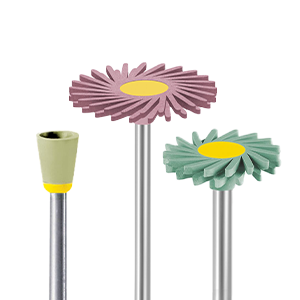
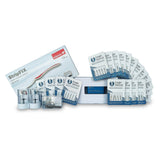

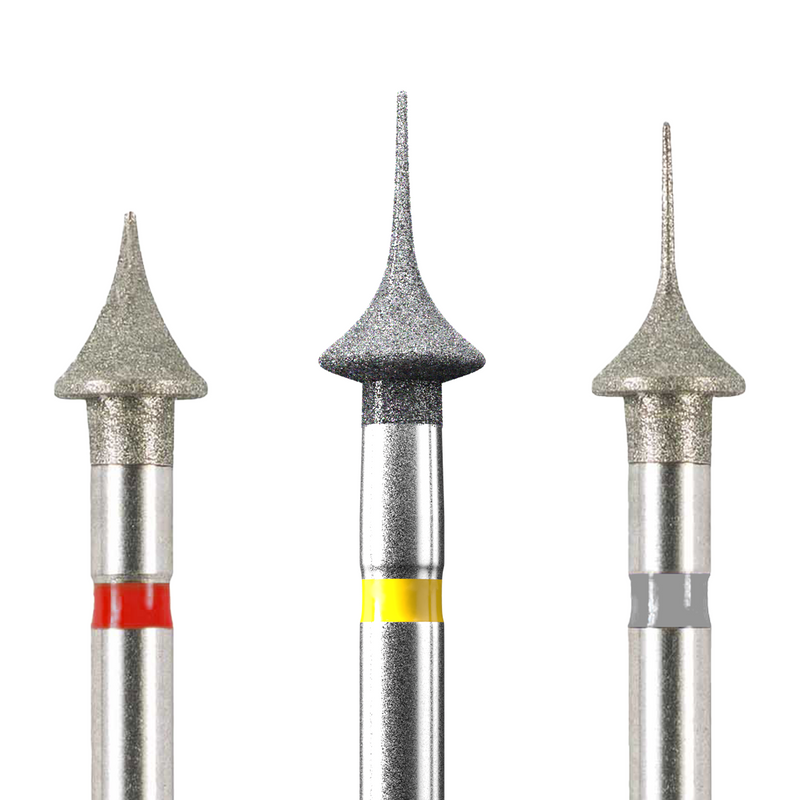



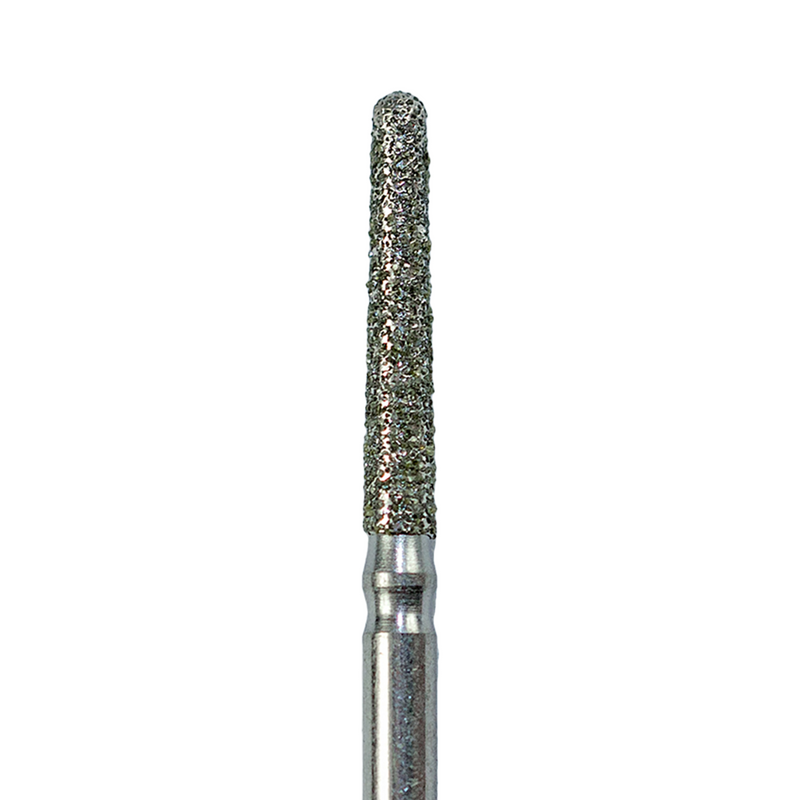
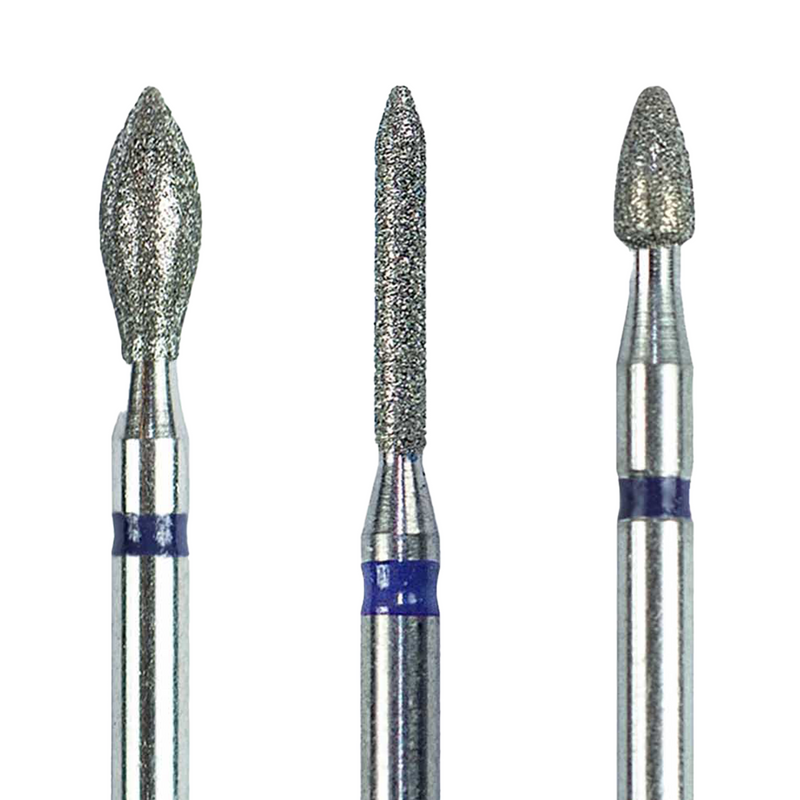

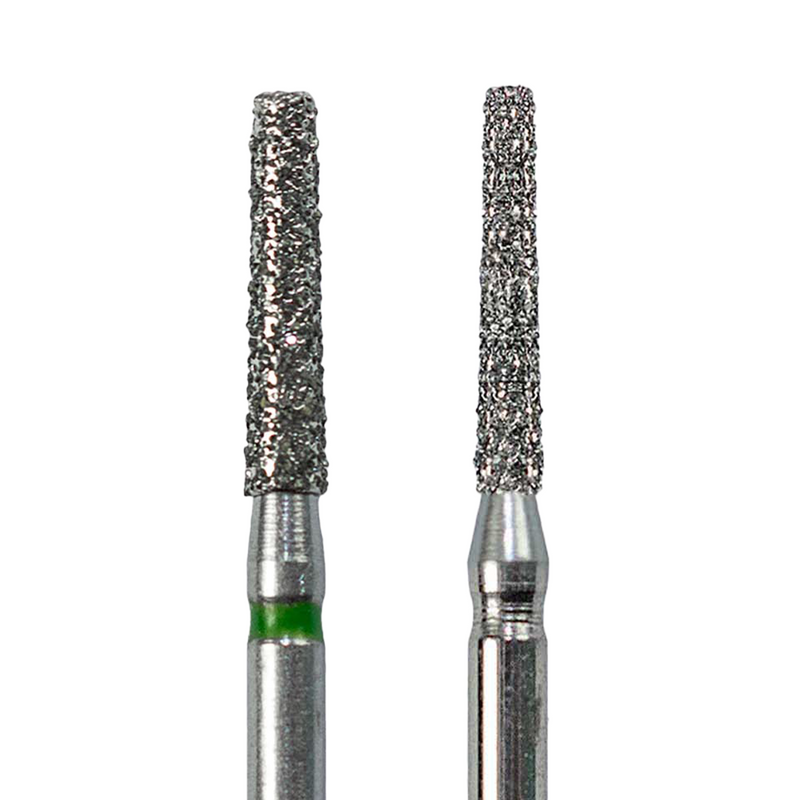
0 comments